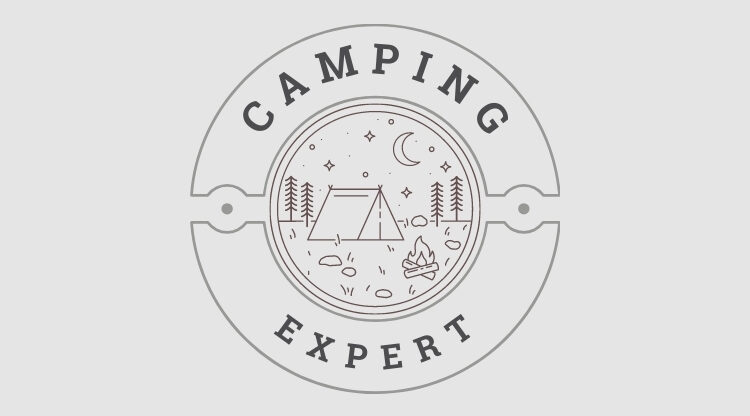Hiking and camping are great for exercise and a fantastic way of experiencing nature from close up. However, the unexpected can occur from time to time, in spite of the best laid plans and it’s important to try to prepare for most eventualities. Safety supplies will be different for different people and will also depend on the location and climate of where you are travelling to.
Ask yourself some questions before you head off as this may encourage you to think of additional safety supplies to add to your checklist.
Questions to ask yourself:
- What emergencies could arise and how would I deal with those situations?
- What if I get lost
- What if I am unexpectedly confronted by a dangerous animal?
- What if I or someone else become ill or get injured?
- What kind of weather might I encounter?
Camping Itinerary
One of the most important safety supplies is something that you don’t actually take with you on the trip and something which people often overlook. That is to leave an itinerary of your trip with a relative or friend before you head off. Include such information as:
- Where you’re planning on camping
- Places you may stop off en route
- Where you plan to end the trip
- When you intend to return
- The licence number of your car (if you’re going by car)
- The equipment you’re taking and the weather you’re anticipating
Many a life has been saved because other people were able to raise the alarm on a camping party’s behalf because an expected call on a certain time and date to let a friend or relative know of their safe return didn’t materialise.
Items to Keep You Safe
In terms of safety supplies you’ll take with you, that will all depend on the length and nature of your trip, how you’re travelling, i.e. by car or on foot, where you’re travelling to and how long you plan to be away but, in addition to the essential supplies mentioned elsewhere in this series, and, not forgetting that a first aid kit is an essential supply, other things you might take could include:
- A roll of silver foil which can be made into a makeshift cup and can also be used as a signalling device.
- A pocket mirror which can also be used as a signalling device.
- A sheet of plastic which not only can be used to keep clothing or your sleeping bag dry but can also be made into a makeshift poncho to keep you warm in the event you get stranded.
- Sunglasses and sunscreen should always be taken for protection, especially in sunnier, hot climates and if you’re travelling at high altitude where the sun’s ultraviolet rays are far stronger.
- Spare water supplies and water purification tablets are fundamental safety measures in case you get split up from your party and ultimately have to rely on drinking water from streams or rivers.
- Waterproof matches will help prepare you a hot meal.
- A whistle is not only useful as a signalling device but can also be used to ward off approaches by animals.
- A mobile phone can also save your life if you’re injured and need to summon rescue. Remember, however, that it might not receive a signal in certain areas. It should only be used for emergencies when on a trip to preserve battery power or you may want to bring an extra battery with you too.
- A pocket torch and a penknife are other useful safety accessories, particularly if you get stranded after dark.
- Also, if you are leaving your campsite for any length of time, e.g. if you are going on a long hike, remember to pack extra food, and any prescription medication you might need.
It is only really possible to cover the basics here – supplies that would provide added safety on most trips. However, additional safety supplies on top of essential items are going to always be determined by location of the trip, whether or not you have a car to transport all your belongings and people’s own personal preferences. The important thing is to be as prepared as you can be for any eventuality and some careful thought and planning can go a long way in ensuring your camping trip is safe, enjoyable and memorable.
